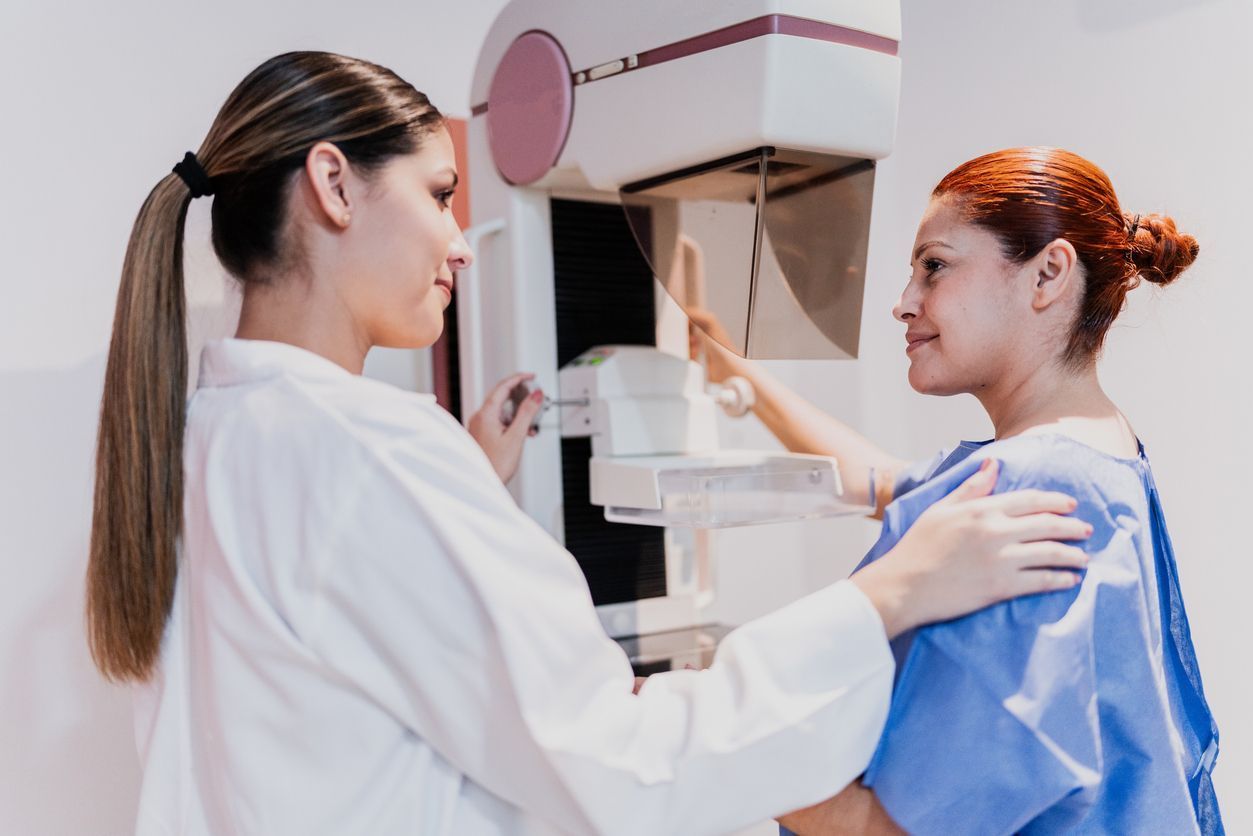How Thermography Can Assist You to Detect Early Signs of Aneurysm
An aneurysm is a condition that occurs when the walls of an artery swell and causes an abnormally large bulge due to blockage. This bulge can rupture, causing internal bleeding. Detecting an aneurysm before it occurs is crucial but also tricky. Many people are unaware of the ability to see the high likelihood and risk of having aneurysms.
The common types of aneurysm are:
- A cerebral aneurysm that affects the brain
- A thoracic aortic aneurysm that affects the aorta located on the chest and abdomen
- It can also occur in the legs, spleen, knees, or the intestines.
The disease usually shows different signs and symptoms depending on the part of the body it affects. Although the exact causes of aneurysms are unclear, certain factors like damaged tissue, fatty deposits in the arteries, pregnancy in women, and age (usually affects people between ages 35-65). Also, high blood pressure can cause the blood vessels to swell, obesity and atherosclerotic diseases are among risk factors. Aneurysms can develop and become prominent on the affected part of the body without being detected or showing any signs and symptoms. When doctors see them early, they can be treated and prevent them from bursting.
For brain aneurysm, its signs and symptoms are:
- severe headache that comes out of nowhere
- feeling nauseous or vomiting
- blurred vision
- severe pain in the affected part of the body
- a significant drop in blood pressure
The signs and symptoms of an aortic aneurysm largely depend on the place it happens, i.e., chest or abdomen. Whenever it ruptures, its symptoms include:
- Suddenly, the most severe chest pains are experienced.
- A significant drop in blood pressure is seen.
- Rapid heart rate as the heart pumps blood at high pressure
- feeling of dizziness
- numbness of limbs
Thermography uses infrared technology to detect different heat patterns and blood flow in the body tissues. It can detect blood flow in body tissues like the arteries and displays the locations of inflammation on its cameras when there is swelling of arteries. Contact us today to learn more about thermography.













